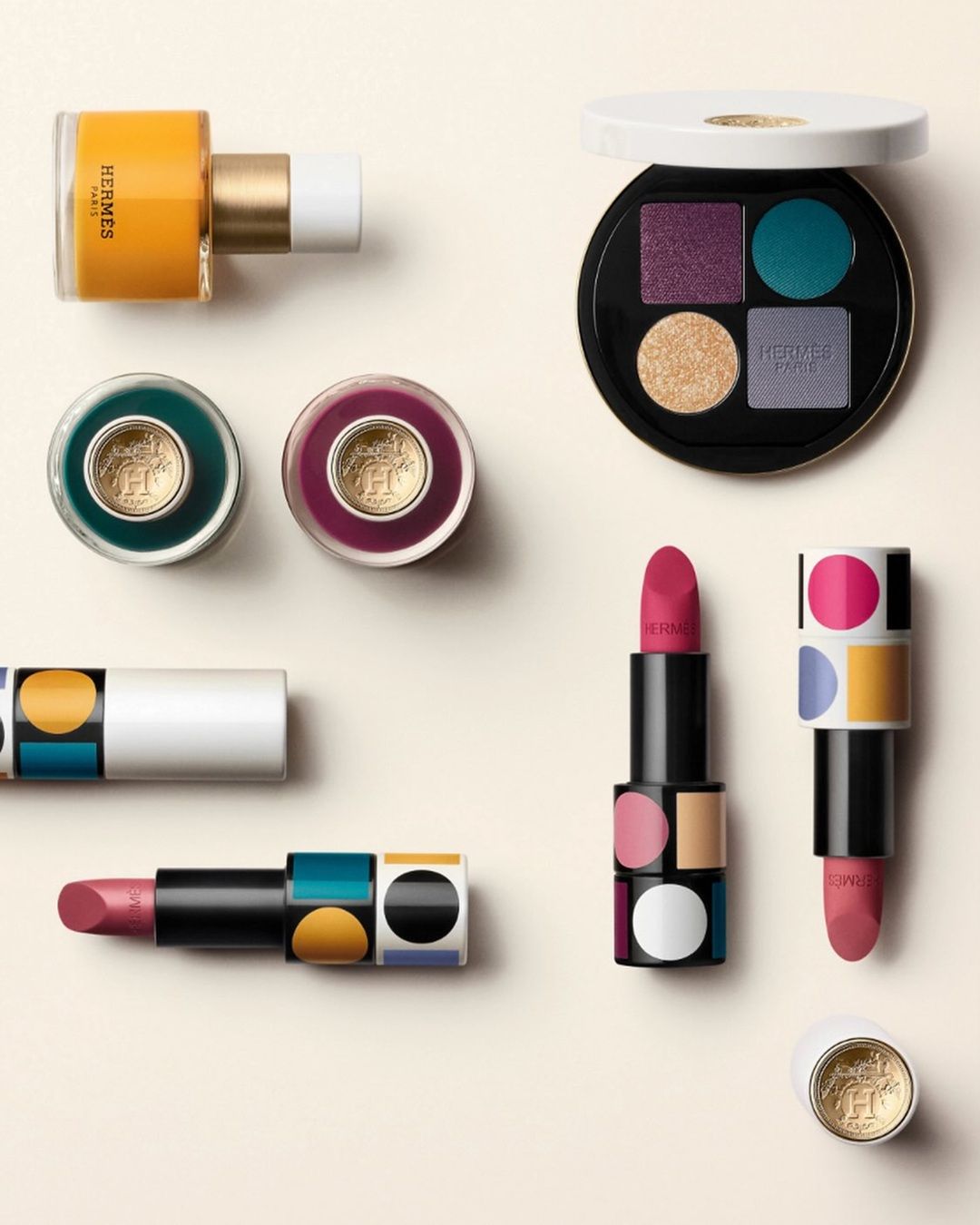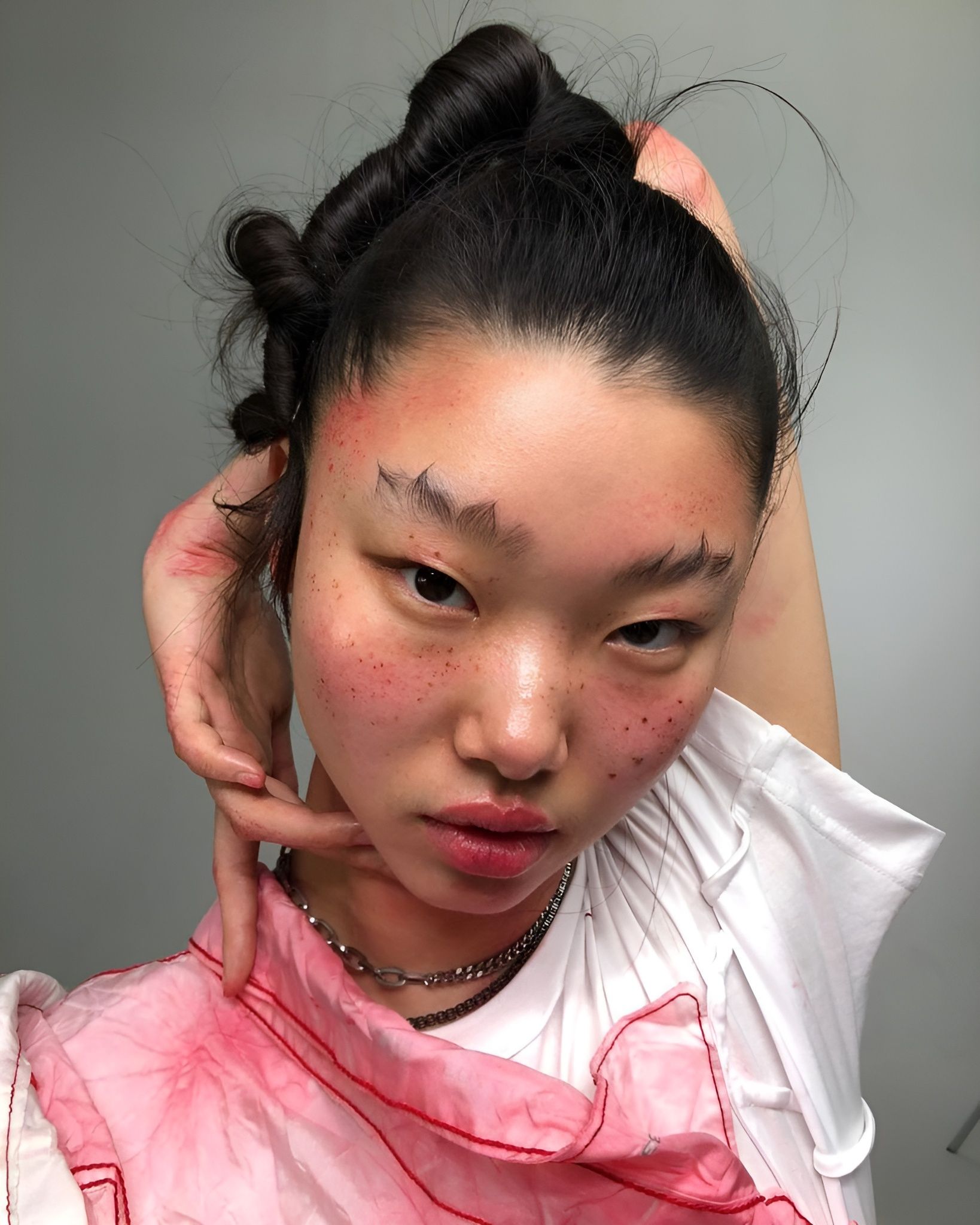
Ruining luxury items is the trend we didn't need Does pretending to be rich and affluent involve carelessness and neglect?
Once upon a time, a luxury purchase—besides being meticulously premeditated—would become an almost untouchable part of the wardrobe, reserved for the most prestigious occasions requiring a certain dress code. Undoubtedly, the item in question would then be protected with every care, stored in its dust bag to preserve its pristine and untouched state: who would have ever thought of the overturning of this paradigm?
It All Started with the Hermés Birkin
For some time now, TikTok has been flooded with the trend of buying a new item from your wish list and then immediately ruining it. If it's an iconic piece, one that is recognizable and part of fashion history, even better. The first sacrificial victim of this trend was the Birkin by Hermès. More than exclusive, almost impossible to obtain in boutiques: inspired by its muse Jane, the trend is to personalize it, faking signs of wear, adding bows, keychains, stickers, and necklaces.
Fashion as a Manufactured and Displayed Status and the Victoria Paris' Case
At the core of the absurdity of the trend is the status that one aims to achieve by incorporating an exorbitantly priced item into their outfit or look, but deliberately damaged. The underlying thought is that the rich can afford to buy an item multiple times and also not take care of it: if the item appears ruined, it conveys the idea that it isn't that special to us, that we can afford it. An example? Victoria Paris, influencer and content creator, bought a Gucci Jackie for nearly 3,000 euros only to slam it on wooden steps. The crumpled and wrinkled bags have become the leading trend of 2024, impacting the second-hand market. According to the annual Luxury Consignment Report by The RealReal—a resale site like VC or Vinted—items in "Fair Condition" are more in demand than ever. The report notes: "The average price of an item in good condition is 33% lower than those in superior condition," but if the items are damaged, they are impossible to resell.
@hydra_mustdie La tipa si chiama Paris Victoria IG: hydramustdie #greenscreen #gucci #guccibag #jackie #fashiontiktok #fashion #messy #aesthetic #accessories #fyp #trend suono originale - Hydra
Opposing Views and the Value of Real Use and Memories
Fashion adapts, proposing pre-damaged items at exorbitant prices, and the cycle repeats, fueled. Not everyone agrees, and some propose alternatives that fall between handling an item with white gloves and slamming it on the external steps of our villa. According to content creator prettycritical, for example, the right thing to do is simply to use the bag or item that we've finally managed to buy. Take it with us, love it, let time and use make it more ours, naturally and without necessarily imitating someone or something, pretending to have a status so rich as to be careless and disrespectful.
@charlesgross #greenscreen which tiny birkin is your favorite? At hermes, a rose by any other name does not smell as sweet @Fashionphile #fashionphilepartner original sound - Charles Gross
A New Critical Approach to Micro Trends
Deliberately damaging an expensive item is not a sign of keeping up with fashion but is yet another proof of how some people—the economically privileged ones—are often so out of touch with the real world that they do not understand the environmental and social damage they cause with these behaviors. Destroying an item is a disrespect to its history, but above all, a missed opportunity. Investing in items with good craftsmanship and at a high price not only serves to flaunt but also to optimize the money spent with the number of uses of the item itself. It goes without saying that damaging it before its time also loses the sense of the reasoned investment that justifies its high economic value. In short, not all micro trends are equal, and this one is definitely to be avoided.























































